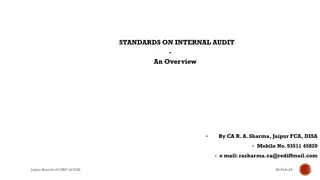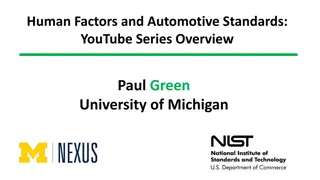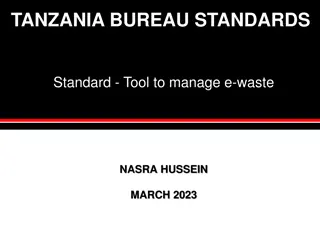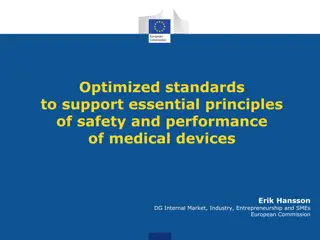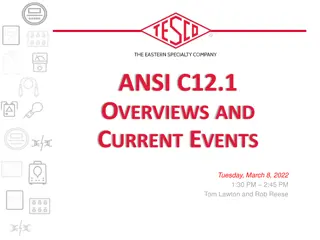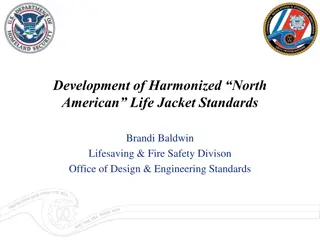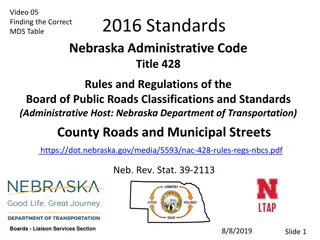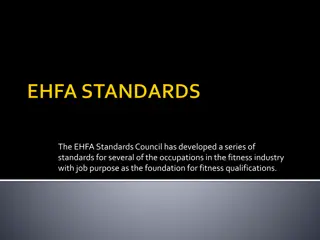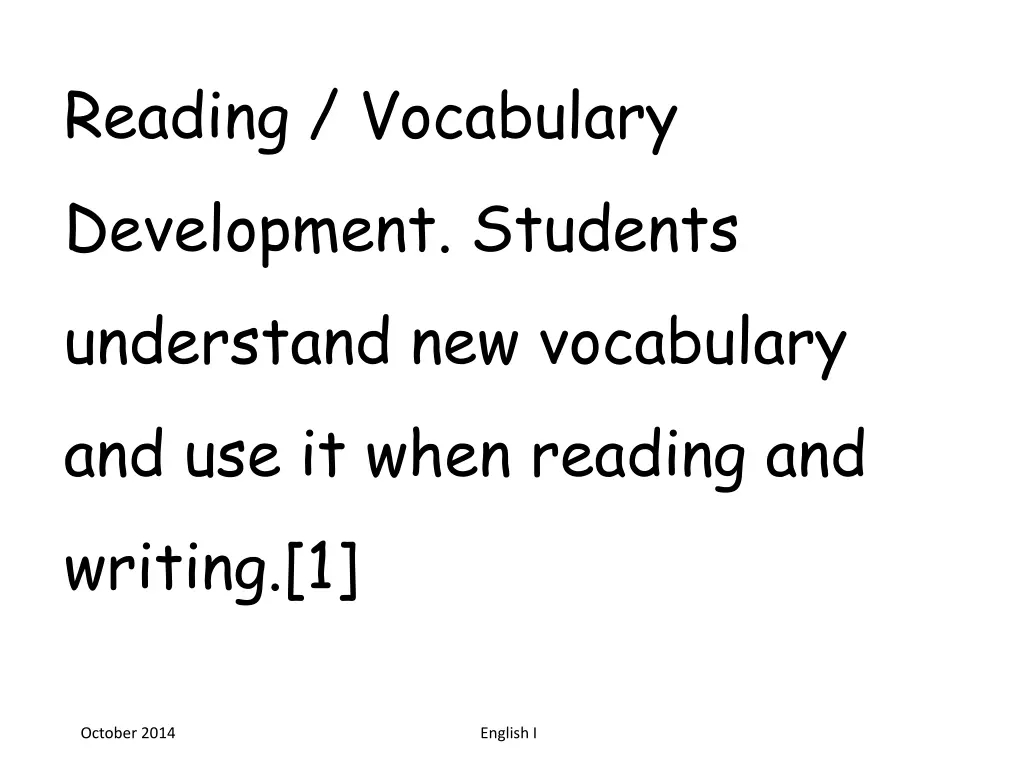
Enhancing Vocabulary Skills for English Language Proficiency
Explore strategies for vocabulary development, textual analysis, and comprehension of literary themes and genres in English language learning. Dive into understanding and using new words, determining meanings of technical words, analyzing textual context, creating analogies, exploring foreign phrases, and utilizing dictionaries and thesauruses. Delve into literary comprehension, inferencing, genre analysis, and the influence of classical literature on modern works.
Download Presentation

Please find below an Image/Link to download the presentation.
The content on the website is provided AS IS for your information and personal use only. It may not be sold, licensed, or shared on other websites without obtaining consent from the author. If you encounter any issues during the download, it is possible that the publisher has removed the file from their server.
You are allowed to download the files provided on this website for personal or commercial use, subject to the condition that they are used lawfully. All files are the property of their respective owners.
The content on the website is provided AS IS for your information and personal use only. It may not be sold, licensed, or shared on other websites without obtaining consent from the author.
E N D
Presentation Transcript
Reading / Vocabulary Development. Students understand new vocabulary and use it when reading and writing.[1] October 2014 English I
determine the meaning of grade- level technical academic English words in multiple content areas (e.g., science, mathematics, social studies, the arts) derived from Latin, Greek, or other linguistic roots and affixes.[1A] October 2014 English I
analyze textual context (within a sentence and in larger sections of text) to distinguish between the denotative and connotative meanings of words.[1B] October 2014 English I
produce analogies that describe a function of an object or its description.[1C] October 2014 English I
describe the origins and meanings of foreign words or phrases used frequently in written English (e.g., caveat emptor, carte blanche, tete a tete, pas de deux, bon appetit, quid pro quo).[1D] October 2014 English I
use a dictionary, a glossary, or a thesaurus (printed or electronic) to determine or confirm the meanings of words and phrases, including their connotations and denotations, and their etymology.[1E] October 2014 English I
Reading / Comprehension of Literary Text / Theme and Genre. Students analyze, make inferences and draw conclusions about theme and genre in different cultural, historical, and contemporary contexts and provide evidence from the text to support their understanding.[E1.2] October 2014 English I
analyze how the genre of texts with similar themes shapes meaning.[E1.2A] October 2014 English I
analyze the influence of mythic, classical and traditional literature on 20th and 21st century literature.[E1.2B] October 2014 English I
relate the figurative language of a literary work to its historical and cultural setting.[E1.2C] October 2014 English I
Reading / Comprehension of Literary Text / Poetry. Students understand, make inferences and draw conclusions about the structure and elements of poetry and provide evidence from text to support their understanding.[3] October 2014 English I
analyze the effects of diction and imagery (e.g., controlling images, figurative language, understatement, overstatement, irony, paradox) in poetry.[3A] October 2014 English I
Reading / Comprehension of Literary Text / Drama. Students understand, make inferences and draw conclusions about the structure and elements of drama and provide evidence from text to support their understanding. Students are expected to [4] October 2014 English I
explain how dramatic conventions (e.g., monologues, soliloquies, dramatic irony) enhance dramatic text.[E1.4A] October 2014 English I
Reading / Comprehension of Literary Text / Fiction. Students understand, make inferences and draw conclusions about the structure and elements of fiction and provide evidence from text to support their understanding.[5] October 2014 English I
analyze how authors develop complex yet believable characters in works of fiction through a range of literary devices, including character foils.[5B] October 2014 English I
analyze non-linear plot development (e.g., flashbacks, foreshadowing, sub-plots, parallel plot structures) and compare it to linear plot development.[E1.5A] October 2014 English I
analyze the way in which a work of fiction is shaped by the narrator's point of view.[E1.5C] October 2014 English I
demonstrate familiarity with works by authors from non- English-speaking literary traditions with emphasis on classical literature.[E1.5D] October 2014 English I
Reading / Comprehension of Literary Text / Literary Nonfiction. Students understand, make inferences and draw conclusions about the varied structural patterns and features of literary nonfiction and provide evidence from text to support their understanding. [6] October 2014 English I
analyze how literary essays interweave personal examples and ideas with factual information to explain, present a perspective, or describe a situation or event.[E1.6A] October 2014 English I
Reading / Comprehension of Literary Text / Sensory Language. Students understand, make inferences and draw conclusions about how an author's sensory language creates imagery in literary text and provide evidence from text to support their understanding.[7] October 2014 English I
explain the role of irony, sarcasm, and paradox in literary works.[E1.7A] October 2014 English I
Reading / Comprehension of Informational Text / Culture and History. Students analyze, make inferences and draw conclusions about the author's purpose in cultural, historical, and contemporary contexts and provide evidence from the text to support their [8] October 2014 English I
explain the controlling idea and specific purpose of an expository text and distinguish the most important from the less important details that support the author's purpose.[E1.8A] October 2014 English I
Reading / Comprehension of Informational Text / Expository Text. Students analyze, make inferences and draw conclusions about expository text and provide evidence from text to support their understanding.[9] October 2014 English I
summarize text and distinguish between a summary that captures the main ideas and elements of a text and a critique that takes a position and expresses an opinion[9A] October 2014 English I
differentiate between opinions that are substantiated and unsubstantiated in the text.[9B] October 2014 English I
make subtle inferences and draw complex conclusions about the ideas in text and their organizational patterns.[E1.9C] October 2014 English I
synthesize and make logical connections between ideas and details in several texts selected to reflect a range of viewpoints on the same topic and support those findings with textual evidence.[9D] October 2014 English I
Reading / Comprehension of Informational Text / Persuasive Text. Students analyze, make inferences and draw conclusions about persuasive text and provide evidence from text to support their analysis.[10] October 2014 English I
analyze the relevance, quality, and credibility of evidence given to support or oppose an argument for a specific audience.[10A] October 2014 English I
analyze famous speeches for the rhetorical structures and devices used to convince the reader of the authors' propositions.[10B] October 2014 English I
Reading / Comprehension of Informational Text / Procedural Texts. Students understand how to glean and use information in procedural texts and documents.[E1.11] October 2014 English I
analyze the clarity of the objective(s) of procedural text (e.g., consider reading instructions for software, warranties, consumer publications).[E1.11A] October 2014 English I
analyze factual, quantitative, or technical data presented in multiple graphical sources.[E1.11B] October 2014 English I
Reading / Media Literacy. Students use comprehension skills to analyze how words, images, graphics, and sounds work together in various forms to impact meaning. Students will continue to apply earlier standards with greater depth in increasingly more complex texts.[E1.12] October 2014 English I
compare and contrast how events are presented and information is communicated by visual images (e.g., graphic art, illustrations, news photographs) versus non-visual texts.[E1.12A] October 2014 English I
analyze how messages in media are conveyed through visual and sound techniques (e.g., editing, reaction shots, sequencing, background music).[E1.12B] October 2014 English I
compare and contrast coverage of the same event in various media (e.g., newspapers, television, documentaries, blogs, Internet).[E1.12C] October 2014 English I
evaluate changes in formality and tone within the same medium for specific audiences and purposes.[E1.12D] October 2014 English I
Writing / Literary Texts. Students write literary texts to express their ideas and feelings about real or imagined people, events, and ideas. Students are responsible for at least two forms of literary writing.[E1.14] October 2014 English I
write an engaging story with a well- developed conflict and resolution, interesting and believable characters, and a range of literary strategies (e.g., dialogue, suspense) and devices to enhance the plot.[E1.14A] October 2014 English I
write a poem using a variety of poetic techniques (e.g., structural elements, figurative language) and a variety of poetic forms (e.g., sonnets, ballads).[E1.14B] October 2014 English I
write a script with an explicit or implicit theme and details that contribute to a definite mood or tone.[E1.14C] October 2014 English I
write an analytical essay of sufficient length that includes[E1.15A] October 2014 English I
write an analytical essay of sufficient length that includes effective introductory and concluding paragraphs and a variety of sentence structures.[E1.15Ai] October 2014 English I
write an analytical essay of sufficient length that includes rhetorical devices, and transitions between paragraphs.[E1.15Aii] October 2014 English I
write an analytical essay of sufficient length that includes a controlling idea or thesis.[E1.15Aiii] October 2014 English I
write an analytical essay of sufficient length that includes an organizing structure appropriate to purpose, audience, and context.[E1.15Aiv] October 2014 English I



